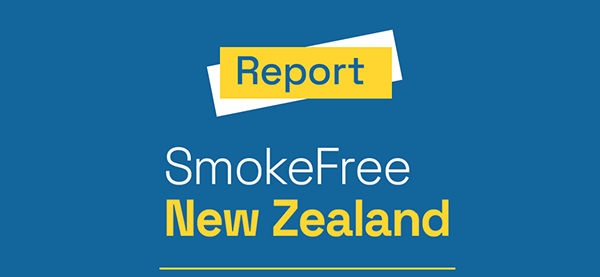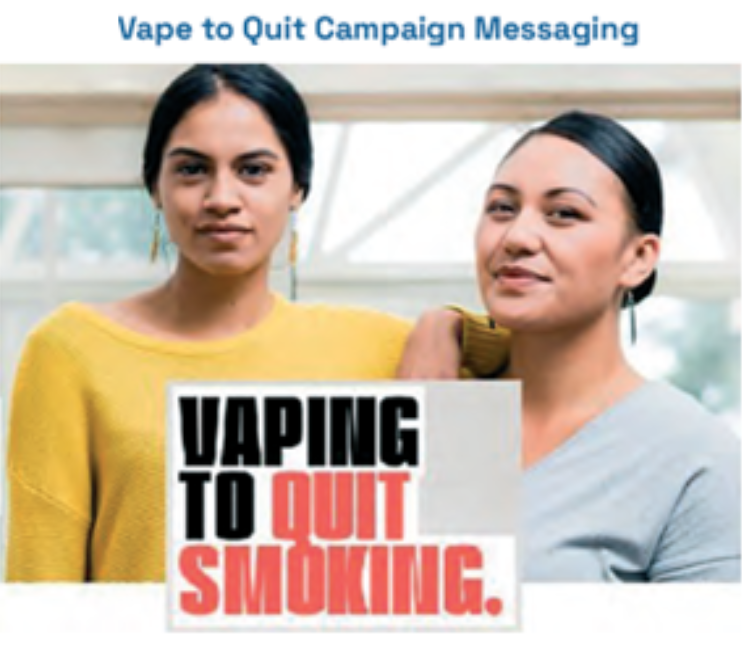
Australia Must Follow New Zealand and Sweden to Reduce Smoking – New Report
Posted on June 13, 2024 By Colin
NEW ZEALAND AND SWEDEN have experienced unprecedented declines in smoking by enabling smokers to switch to lower-risk alternatives. Both countries are on-track to be 'smoke-free'* within the next two years. A similar approach in Australia could save thousands of lives.
This was the finding of a new report titled SmokeFree New Zealand, authored by Professor Marewa Glover and a team of international experts from 13 different countries, launched today in Poland. I was the Australian co-author.
My presentation at the launch on 12 June in Warsaw, Poland
Note: The transcript of the presentation is at the end, below
New Zealand
The comparison of Australia with New Zealand is especially relevant as the two neighbouring countries have similar demographics, history, culture and progressive tobacco control policies. Australia has historically had lower smoking rates than New Zealand.
However, in the last few years, the decline in smoking in New Zealand was turbocharged after vaping was legalised and regulated as an adult consumer product in 2020
From 2020-2023, the country witnessed a remarkable 43% decline in daily adult smoking from 11.9% in 2020 to 6.8% in 2023, and is now on track to achieve its target of becoming smoke-free by 2025

Targeted, culturally-appropriate campaigns were also developed for Māori smokers, resulting in an unprecedented 41% decline in daily smoking from 28.6% in 2020 to 17.1% in 2023.
The legislation was supported by government initiatives such as an education website called Vaping Facts, the Vape to Quit Strong campaign, a mass media education campaign and clear advice for health professionals.

The Vape to Quit campaign promoted vaping as a quitting aid
Risk proportionate regulation has made vaping accessible, appealing and affordable. Vapes are widely available from retail outlets with a wide range of flavours. They are taxed at the VAT (GST) rate only.
Sweden
Sweden has had similar success. The smoking rate in Sweden plummeted by an impressive 55% over the last decade to 5.6% because of the widespread uptake of snus (a smokeless oral tobacco product), the introduction of vaping in 2015 and nicotine pouches in 2018.
Sweden is set to become the first developed nation to achieve official ‘smoke-free’ status later this year
What does this mean for Australia?
The decrease in Australia’s smoking rate has slowed markedly in recent years compared to many other developed countries. Based on the New Zealand and Swedish experience, vaping and other forms of tobacco harm reduction could accelerate the decline in smoking and save thousands of Australian lives.

Vaping is also a significant opportunity for Australia’s First Nations people. Currently 40% of First Nations adults smoke and the rate has been declining very slowly for many years, despite well-funded campaigns.
According to the National Tobacco Strategy, Australia’s target is to achieve 5% daily smoking by 2030. On the current trajectory, modelling studies show we will miss this target by a wide margin
The New Zealand approach would make vapes more attractive, accessible and affordable for adult smokers. It would reduce access for young people, generate tax revenue, reduce the black market and ensure products were fully regulated.
Other smoke-free nicotine alternatives such as nicotine pouches, snus and heated tobacco products should also be made available for adult smokers.
My Q&A at the launch meeting
Q. Colin, as an Australian physician, with extensive experience in smoking cessation and tobacco treatment in Australia, helping smokers to quit cigarettes, can you briefly tell us about the regulatory differences between Australia and NZ?
A. Australia takes a highly restrictive approach and classifies nicotine liquid as a medicine. To vape legally
- Vapers need to be 18 and have a doctor’s prescription
- Can only purchase e-liquids and vaping devices from a pharmacy.
It is illlegal for vapes to be sold from other retail outlets, such as vape shops
Personal importation of E-liquids and hardware for personal use is now banned. Vapes can only imported if they are for supply in a pharmacy setting and the importer has a licence
E-liquids are only available in tobacco, menthol and mint flavours. Only a very limited range of devices is available
Q. How is this model working?
A. The prescription model is essentially a prohibition model. We’ve made it so hard and unappealing that over 90% of adult vapers have rejected this legal pathway and do not have a nicotine prescription.
Most doctors are unwilling to prescribe nicotine so it is difficult to get a nicotine prescription. Most are skeptical about vaping from the constant negative messaging from medical authorities and they are poorly informed about vaping. Finding a doctor who supports vaping and obtaining a prescription is a major hurdle, and going to the doctor is inconvenient and costly.
Most pharmacies stock a limited range or no products at all and products are more expensive and mostly unappealing
Vapers do not regard themselves as sick and don’t see the need to get a prescription especially when cigarettes are readily available everywhere. They are angry with government interference with their personal choices.
Many vapers have stockpiled supplies and some have returned to smoking.
Q. Can you discuss the implications of the black market for vaping products in Australia? How does it affect public health and safety?
A. Because of the barriers to legal supply, there is now a thriving black market that is largely controlled by the organised criminal networks and bikie gangs.
Criminal networks import unregulated and untaxed products that are sold from thousands of retail outlets, on social media and on the internet. Greater risk from that.
Nicotine vapes are now the second largest illicit drug market in the country, after cannabis
This has led to a violent turf war between criminal gangs to control market share and with numerous firebombing of tobacco and vape shops, public killings, and extortion. It is just a matter of time before innocent bystanders are killed.
To control this, the government has set up a special crime force, Operation Lunar, increased Border Control and policing, but we know from past experience that this will increase prices but will have little effect on long-term supply and use.
Q. What are your thoughts on the effectiveness of Australia's stringent vaping regulations in reducing youth vaping, considering the data showing high underage access rates?
A. The prescription model was meant to reduce youth access, but it has had the opposite effect. The harsh regulations have created the black market that has made it easier for young people to access vapes. One in six 12-17-year-olds vaped in the last month which is higher than in most other western countries and is continuing to rise.
These products are illegal, poorly labeled, high in nicotine, and totally unregulated and untaxed
This is causing great concern for parents and schools and is now the main issue driving the debate in Australia, resulting in calls for more strict regulation.
Q. How has the Department of Health in Australia communicated the risks and benefits of vaping compared to New Zealand's approach? What impact do you think this has had on public perception and smoking rates?
A. The Australian authorities see vaping as a threat to young people that needs to be stamped out and play down the benefit to adult smokers
Only yesterday, the Health Minister said on radio, "I am determined to drive the vaping industry out of the country."
The public health messaging has been very negative and there have been various alarmist and misleading education campaigns to discourage its use, especially by kids. Just this week, the department of health has launched an extensive mass media campaign to warn of the dangers of vaping. That this exists at all is extraordinary. For over 12 years we haven’t had a mass media campaign about smoking, and now there is one for vaping
Nevertheless, vaping is the most popular quitting aid in Australia. 7% of the adult population vapes, and the numbers continue to rise. This negative approach is clearly not working.
* A country is regarded as 'smoke-free' when it has an adult daily smoking rate of <5%
Report
Media release. Australia Must Follow New Zealand and Sweden to Reduce Smoking. 12June2024
Go to Top